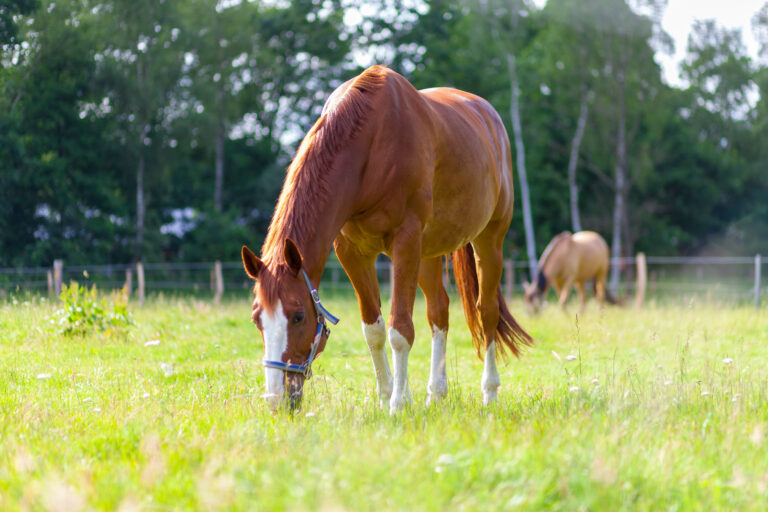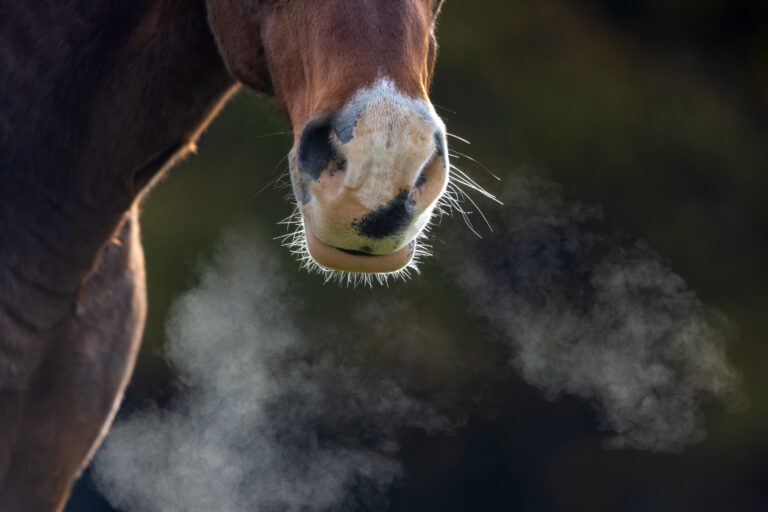
As Colorado voters begin voting in an election that will decide whether their state creates a new midlevel veterinary practitioner (MLP) position, more and more veterinary groups are stepping forward to say publicly that such positions are unneeded and dangerous. In fact, those who stand in opposition include more than 100 national and local veterinary, humane, and breeders’ organizations; veterinary clinics; veterinarians; veterinary technicians; and legislators—not to mention the majority of pet owners.
The American Animal Hospital Association (AAHA), American Board of Veterinary Practitioners (ABVP), and Student AVMA (SAVMA) Executive Board recently issued statements opposing the creation of a midlevel position. In doing so, they joined numerous other veterinary organizations, including the AVMA and dozens of state and territorial veterinary associations, who oppose this ill-conceived proposal.
Why Are Veterinary Groups Opposed?
The statements issued by ABVP, AAHA, and SAVMA echo concerns voiced across veterinary medicine, including by the AVMA and other veterinary groups. Consistently, these organizations recognize the risks of having nonveterinarians perform tasks like diagnosing, treating, prescribing, and even performing surgery—tasks that require a veterinarian’s unique and thorough training and skills.
AAHA, for example, warned in its statement that “inadequate training and education” for the position “poses concern for significant risks to patients regarding safety and quality of medicine and surgery.” AAHA also noted the lack of “established licensing or testing to evaluate the graduate’s readiness for practice.”
The ABVP expressed concern that creating a midlevel position could “compromise the quality of veterinary medical practice, animal welfare, and public health.” Instead, the group called for “redirection of MLP-focused resources toward strengthening and expanding education of fully trained veterinarians and veterinary technicians.”
The SAVMA Executive Board cited the AVMA’s webpage about the proposed midlevel position and expressed “full support of the AVMA’s position.” In an interview, SAVMA President Tara Barron said: “We want our students to have a future in veterinary medicine that is innovative…, but in the interest of our name and profession, we believe this is not the best path for the future of veterinary medicine.”
Individual Veterinarians and Veterinary Technicians Agree
Numerous other veterinary organizations also have declared opposition to a proposed midlevel practitioner. (View the list here.)
They’re joined by a growing chorus of individual veterinarians and veterinary technicians who have written and published opinion pieces on the topic, many of them in Colorado where the November ballot includes a binding referendum to create a midlevel position called “veterinary professional associate.”
Veterinary professionals know that creating a midlevel practitioner position in veterinary medicine would endanger animal health and safety, public health, our food supply, and client trust.
Wherever we live, we can help raise awareness of this threat—by sharing messages to let friends, family members, colleagues and acquaintances in Colorado know why it’s a bad idea. Follow the Colorado group Keep Our Pets Safe and the AVMA on Facebook and other social media, and reshare information about the dangers of a midlevel veterinary position.
This article was originally published by the American Veterinary Medical Association.
Related Reading
- Should the U.S. Embrace Equine Veterinary Physiotherapists?
- The Business of Practice: Update on Xylazine Regulations
- Legislation Update: PEMF Use Restricted to Veterinarians in 3 States
Stay in the know! Sign up for EquiManagement’s FREE weekly newsletters to get the latest equine research, disease alerts, and vet practice updates delivered straight to your inbox.









